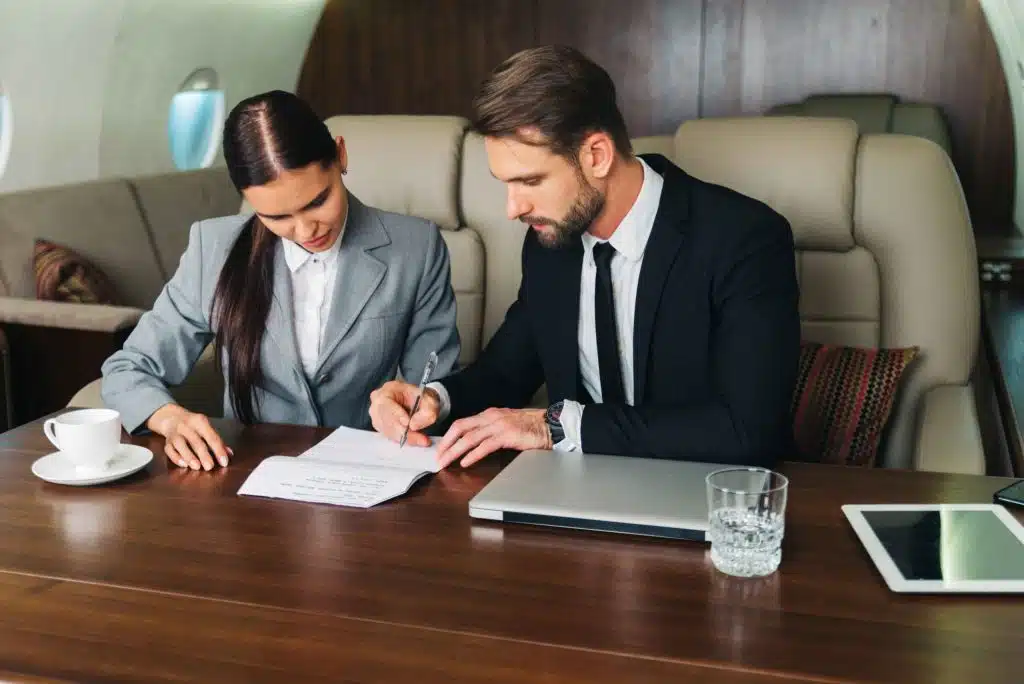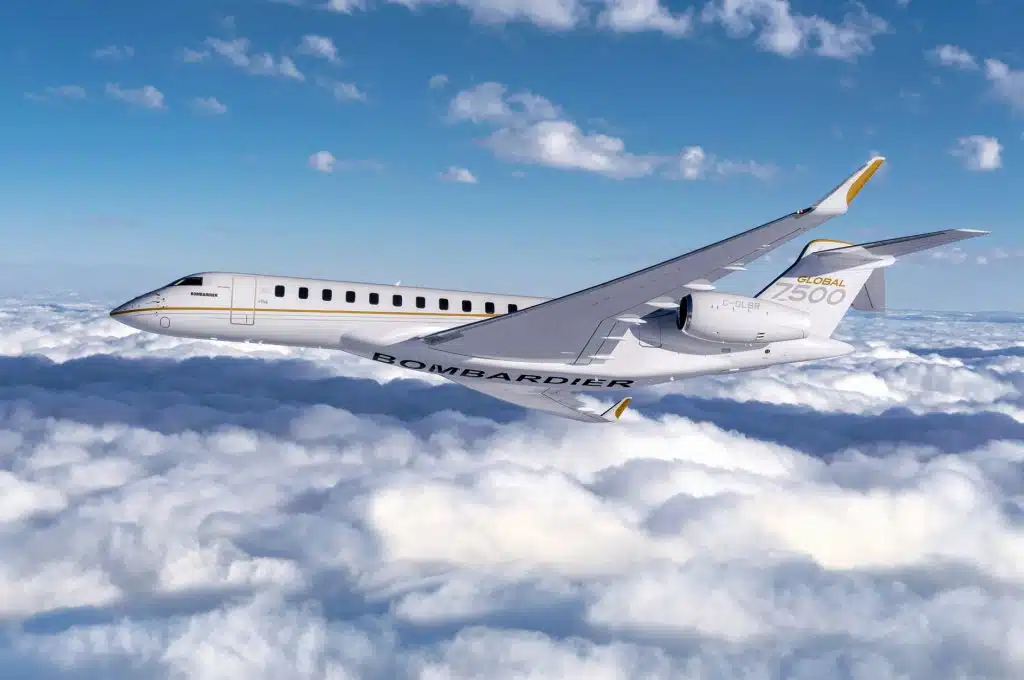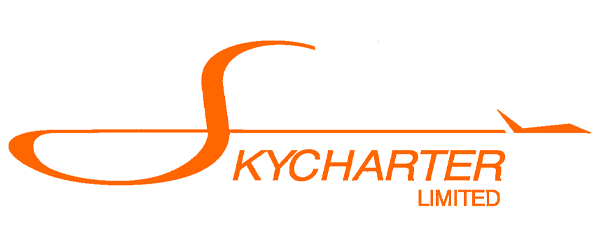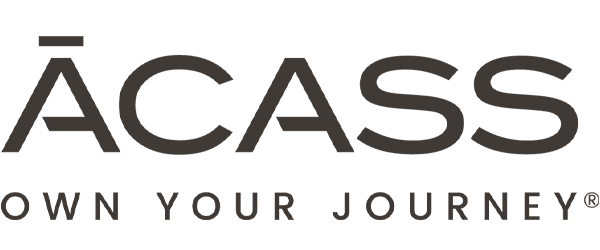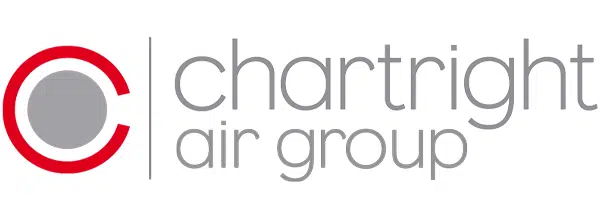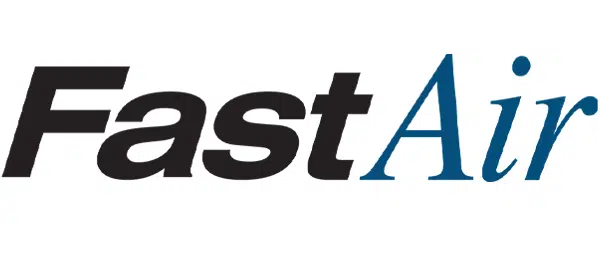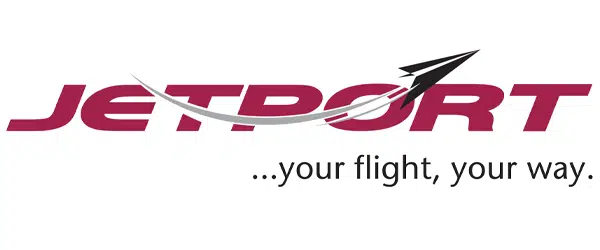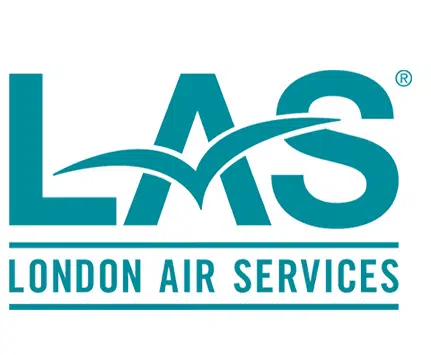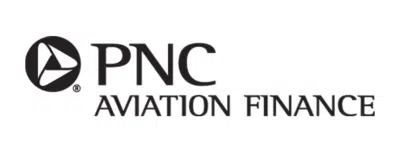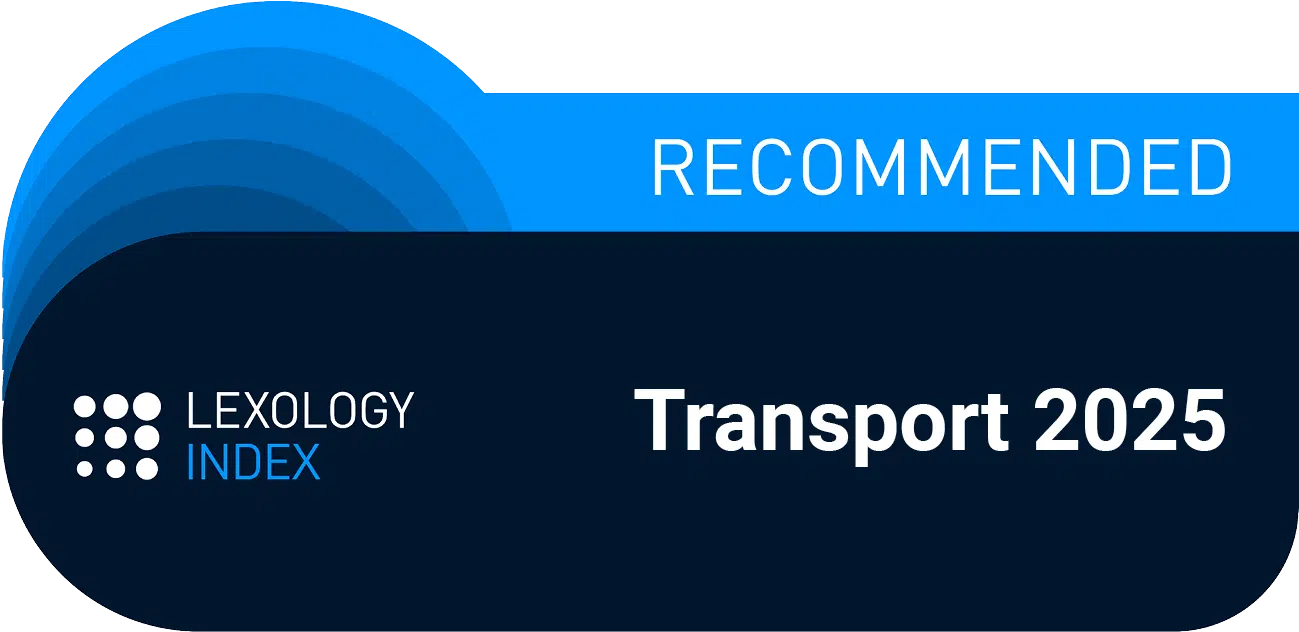Aircraft Purchasing Agreements
Prospective aircraft buyers are sometimes unsure of whether an aircraft purchasing agreement is necessary when acquiring an aircraft. Like many transactions, purchasing and owning an aircraft requires careful consideration of a variety of factors, such as: future resale value, regulatory compliance, applicable sales taxes, aircraft inspection and condition, title searches and lien status, insurance requirements, and aircraft registration.
Purchase and sale agreement,An aircraft purchasing agreement provides protection to the parties involved in an aircraft sale transaction. In our world of aviation law, these are usually referred to as aircraft purchase agreements. By explaining how the transaction will work, what is included in the deal, and when it will take place, an aircraft purchase agreement can ensure that the parties understand each other’s expectations, and therefore lower the probability that surprises, confusion or misunderstandings will occur.
Negotiating, drafting and executing an aircraft purchase agreement can be a contentious affair. This article is meant to provide an overview of the aircraft purchase agreement negotiation and drafting process. It is not, however, a comprehensive guide. To make the process go as smoothly as possible, we recommend retaining experienced aviation counsel. At YYZlaw, we are here to help!
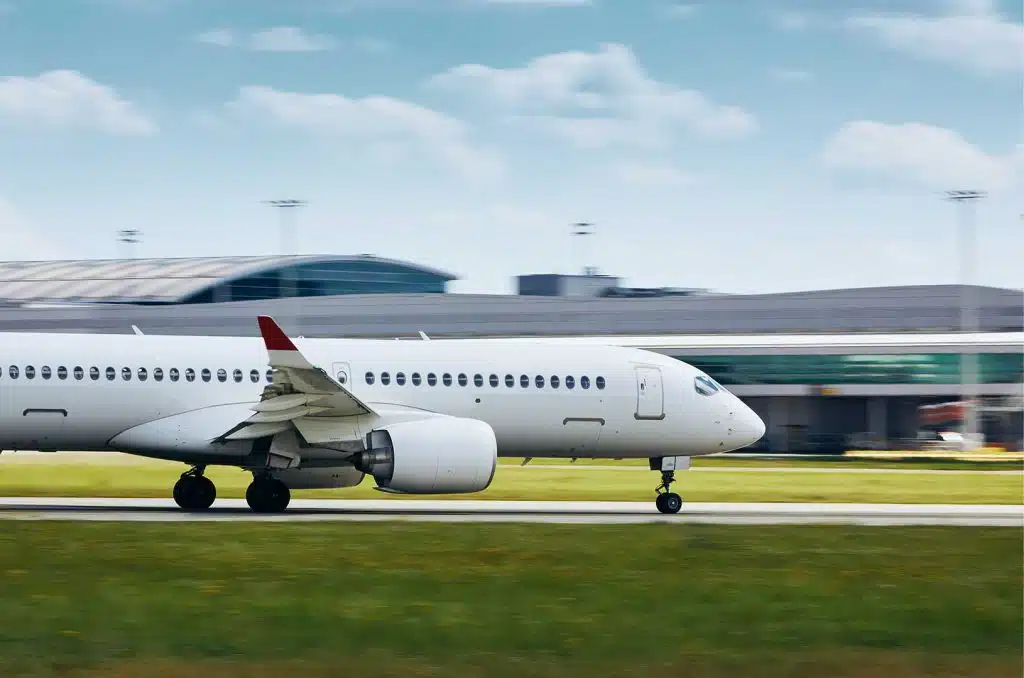
Letter of Intent
Most aircraft purchase agreements are based on a previously negotiated Letter of Intent. While usually non-binding, the letter of intent lays out the fundamental terms of the sale and can facilitate the negotiating and drafting of the aircraft purchase agreement.
Why does one need an aircraft purchase agreement if the key terms are already in a LOI?
The LOI is usually drafted during a delicate stage of negotiations between buyer and seller. Both parties are still trying to agree on the central/most important terms, such as price, pre-buy inspection scope, and the timing of the transaction. An LOI can help parties coordinate their expectations before entering into an aircraft purchase agreement.
Who Drafts the aircraft purchase agreement
Once the LOI has been signed – and in most cases a deposit has been provided by the buyer (usually into escrow) – it is time to draft the aircraft purchase agreement.
Who should undertake the daunting task of writing the first draft?
For new, straight-out-of-the-factory aircraft, the manufacturer will usually provide a draft aircraft purchase agreement.
In most other cases, however, it is common for the buyers to draft the aircraft purchase agreement. Buyers usually have the greater interest in ensuring that the aircraft purchase agreement offers them sufficient protection, such as allowing them to conduct pre-buy inspections of the aircraft, and have the seller deliver the aircraft according to the agreed-upon conditions. However, as long as effective aviation lawyers are involved on both sides, who prepares the first draft will not provide some unfair advantage to that party.
Terms that Should be Included
The terms that should be included in an aircraft purchase agreement will depend on the type and the
value of the aircraft in question. Ultimately, each aircraft is unique based on the price, intended use,
age and maintenance history of the airframe, engines, and equipment.
An aircraft purchase agreement should include all the critical terms of the transaction. Although by no
means inclusive, an aircraft purchase agreement should address issues such as:
- parties to an aircraft transaction;
- aircraft description;
- Aircraft title and lien searches;
- purchase price;
- Pre-buy inspection;
- Warranties;
- Choice of law/venue;
- Waiver and Release of liability;
- Delivery conditions – airworthiness;
- Remedies on default;
- Registration; and
- Closing process
All these terms will be explored/analyzed in more detail below.
Parties to an Aircraft Transaction
The aircraft purchase agreement should identify who is selling and buying the aircraft. This is often easier said than done. For instance, it is common for aircraft to be registered in the name of a corporation or limited liability company. In those situations, it is imperative that the registered owner of the aircraft be identified as the seller.
Aircraft Description
The aircraft purchase agreement should identify the aircraft with as much detail as possible. At a minimum, it should include a description of the aircraft by model, make, registration number, as well as serial numbers of the engines and airframe. Ideally, a list of all avionics, logbooks, handbooks, additional equipment and any accessories should also be included.
Aircraft Title and Lien Searches
It is very important to conduct a title search of the aircraft, engines, and propellers prior to closing. A title search in the applicable provincial security registers and the International Registry will disclose any existing liens and other claims against the aircraft and its engines. EscroAir, as the only Canadian escrow company, can assist parties in conducting searches of the International Registry in addition to providing escrow services and aircraft transaction expertise.
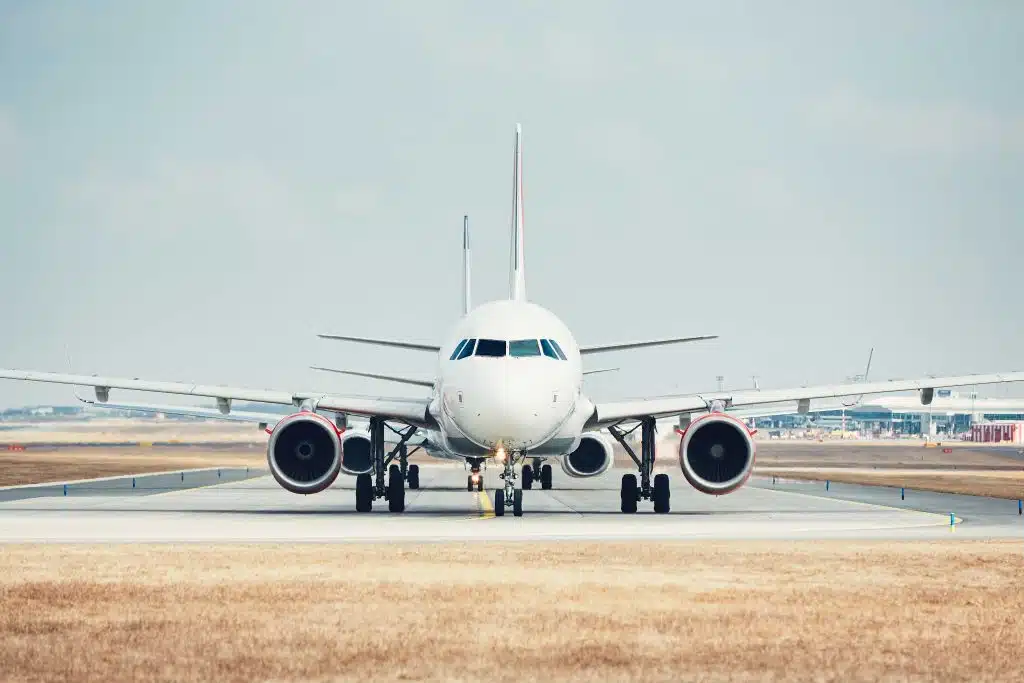
Purchase Price
The aircraft purchase agreement should specify how much is being paid for the aircraft. This could include the purchase price, the funds being placed in escrow, deposit, and any tax obligations.
For instance, if the buyer will be providing the seller with a security deposit, that should be included in the aircraft purchase agreement, as well as whether the deposit will be placed in escrow or just be held by the seller. It should also state the conditions under which the seller must refund the deposit to the buyer. Moreover, the method of payment should be specified. For instance, if financing is involved, the buyer may want to include language that makes the transaction contingent upon obtaining financing.
In regards to taxes, the aircraft purchase agreement should specify the closing location for tax purposes. In the United States, for instance, many States permit “fly-away” exemptions from sales/use taxes. In other words: the tax does not apply if the aircraft leaves the state and does not return within a specific time after closing.
Pre-buy Inspection
In most aircraft purchase transactions, the buyer will conduct a pre-purchase inspection on the aircraft. This will let the buyer know whether there are any maintenance issues with the aircraft, and whether the engines and other equipment are operating properly.
The aircraft purchase agreement should set out, at a minimum: 1) who will perform the inspection, 2) the scope of the inspection to be performed, and 3) what kinds of defects need to be repaired as a part of the aircraft purchase and sale process.
A comprehensive pre-purchase inspection can help minimize the chance for any post-closing surprises. As such, it is important that the aircraft purchase agreement specify the rights of an aircraft the buyer if the inspection results are unsatisfactory.
As a general rule, the buyer is usually responsible for the costs associated with a pre-purchase inspection. Nevertheless, it is usually the seller who will pay the costs to resolve any airworthiness discrepancies.
Warranties
A warranty is promise by one party about the current and future state of an aircraft. Ordinarily, aircraft purchase agreements include only a warranty of title to ensure that the buyer receives title to the aircraft free of any liens or interests. Otherwise, in most aircraft purchase agreements, there will be a provision that the aircraft is on an ‘as-is, where-is’ basis.
Aircraft are fickle things that tend to break and are costly to repair. A disclaimer in the aircraft purchase agreement stating that the buyer is purchasing the aircraft ‘as-is’, is intended to limit the seller’s responsibility for any defects or unknown conditions in the aircraft. The expression ‘as-is’ can however be misleading. When furniture at a garage sale has a sign that reads ‘as is’, it means something along the lines of this is what you get, even though it might have problems that are irreparable, and which we are not going to fix. In an aircraft purchase agreement however, there is usually a requirement that the aircraft at the time of delivery be in an airworthy condition.
Choice of Law/Venue
When the buyer and seller are from different provinces or countries, it is prudent to include language in the aircraft purchase agreement that specifies which law applies to the transaction if any disputes were to arise. Having agreed-to provisions regarding the choice of law and jurisdiction is especially crucial since aircraft are mobile assets to begin with. Some laws tend to be more or less favourable, or
import certain outdated procedural delays into resolving a dispute.
Waiver and Release of Liability
Sellers will usually include a waiver and release of liability language in the aircraft purchase agreement to limit potential liability for injury or damage sustained by the buyer while using the aircraft. This will not release a seller from responsibility for any intentional acts or gross negligence.
Delivery Conditions – Airworthiness
The delivery conditions of the aircraft are often at the heart of the aircraft purchase agreement. In most aircraft purchase agreements, the buyer can conduct a pre-buy inspection and conduct due diligence before making a final decision on whether to acquire the aircraft. Whether everything has to be working properly on the aircraft, or only things necessary to render it ‘airworthy’, has to be addressed during the negotiation of the aircraft purchase agreement.
Delivery conditions require particular attention when the deal is ‘hard’; when the agreement is signed and the purchaser’s deposit is no longer refundable. At that point, unless the seller refuses to or cannot deliver the aircraft in the condition specified in the aircraft purchase agreement, the purchaser cannot terminate the contract and get the deposit back.
Remedies on Default
If the buyer defaults in a ‘factory-new’ aircraft purchase agreement, the manufacturer’s remedies would usually allow them to keep all or part of the deposit. With pre-owned aircraft, deposits can range from a few thousand dollars to over a million, so buyers might have a strong incentive to go through with the deal if they are obligated to do so.
Purchase and Sale Agreement
Apart from having the deposit refunded, there are not always consequences for a seller who defaults because they decided to sell the aircraft to a different buyer. There are practical limitations when buyers successfully negotiate rights. Nonetheless, possible arrangements can be stipulated in the aircraft purchase agreement so that the seller must also pay for some or all of the buyer’s transactional expenses, such as the cost of the pre-buy inspection.

Closing and Escrow Closing
The purchase agreement should specify in detail how closing will work. Today, many aircraft are sold in ‘escrow closings’, where an escrow agent (usually located either in Oklahoma City or Toronto) holds all the key documents and funds, and when directed, wires the funds and files the documents on the national aircraft registry and International Registry. These can be particularly challenging to navigate where aircraft are being deregistered from one civil aircraft registry and transferred to another civil aircraft registry.
If closing involves the discharge of a bank lien on the aircraft, flow for the receipt of funds, and the release of liens should be determined. Often times, these mechanisms are worked out amongst the aviation lawyers involved in the transaction, as closing approaches, so they couldn’t have been fully included into the aircraft purchase agreement. The timing of closing is important because that is when the buyer becomes responsible for the costs of any damage to the aircraft which might take place.
Registration
The aircraft purchase agreement should specify whether there’s an obligation for the aircraft to be deregistered from its present country of registration. Things that parties must think about is who pays for the costs of these registration and deregistration, in addition to the costs relating to the international registry.
Conclusion
The aircraft purchase agreement is a valuable tool to ensure that parties to an aircraft purchase transaction get exactly what they expect. It prevents confusion, misunderstanding, and provides peace of mind to the parties. With the help of experienced aviation counsel, both buyers and sellers can protect their interests and maximize the likelihood of a successful closing and purchase.
- Negotiability of APU
- Navigating Spare Parts in Aircraft Purchase Agreements
- MSP Agreements in Aircraft Purchase Transactions

